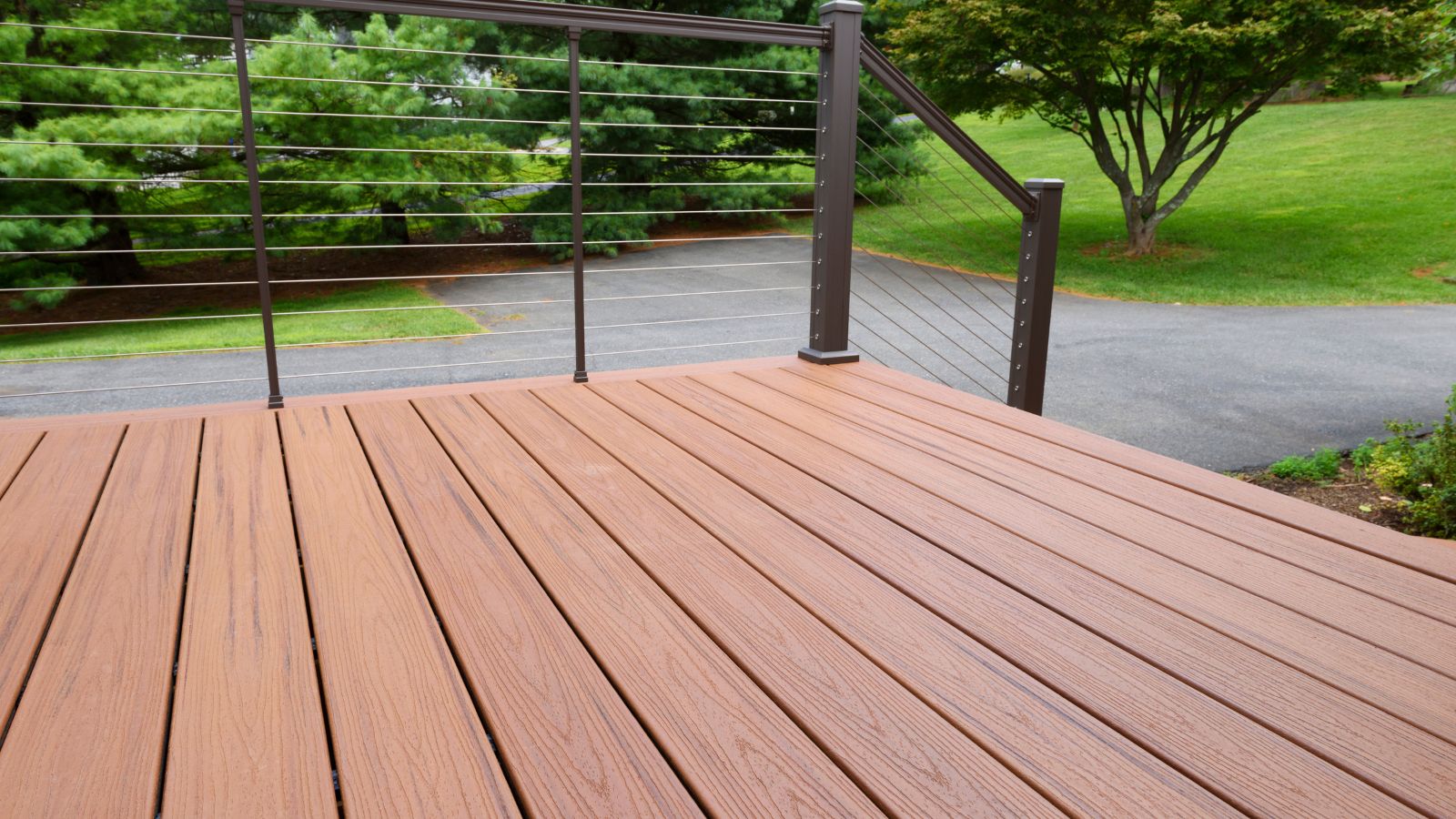Phone:
(701)814-6992
Physical address:
6296 Donnelly Plaza
Ratkeville, Bahamas.

If you’ve owned a deck for a few years, you already know that wood railings take more abuse than almost any other part of it. They face the wind, rain, and sun every single day, and eventually, the wear shows.
Maybe you’ve noticed the paint starting to peel or a post that moves just slightly when you lean on it. It’s easy to shrug off, but those small signs often mark the beginning of bigger issues.
The good news is that most railings can be repaired before they become unsafe or require full replacement. You just need to understand what’s happening, and what to do about it.
Wood railings age slowly at first, then all at once. The top coat of paint or stain is your main line of defense against water and sunlight, and once that starts to fade, moisture sneaks in.
When the wood absorbs water, it expands. When it dries out, it shrinks. That movement loosens screws, opens joints, and creates tiny cracks. Over time, those cracks let in more water, and eventually, rot starts to form under the surface.
It’s not always neglect that causes it. Even with good maintenance, weather extremes take their toll. A long winter, a week of heavy rain, or even wet leaves sitting against the rails for too long can cause damage.
Wood is strong. But like anything outdoors, it needs a little help staying that way.
You don’t need to be a carpenter to check your railings. Once or twice a year, do a quick walk-around and look closely at a few key areas:
If you find one or two of these issues, you’re still in the “easy fix” stage. If the structure shifts when you lean on it or whole sections feel weak, it’s time to think about a larger repair.

This decision comes down to how much damage there is.
If the problem is mostly cosmetic – faded paint, small cracks, or a few loose screws – a repair will usually do the job. Tighten the fasteners, sand down the rough spots, and reseal or repaint to protect the wood again.
If the wood itself is soft, or if the railing moves when you put weight on it, the underlying structure has been compromised. In that case, replacing the damaged sections, or sometimes the entire railing, is the safer move.
Minor railing repairs usually only cost a few hundred dollars, but a full replacement can easily run into the thousands, depending on the materials and design. Taking care of the problem early can be the difference between a quick fix and a full rebuild.
A proper railing repair isn’t just about swapping out bad boards. Professionals start by finding the root cause of the damage, not just the visible symptoms.
Every post and rail is checked for internal weakness. Tapping with a hammer or pushing gently can reveal soft or hollow spots that aren’t visible to the eye.
The damaged areas are removed carefully to avoid loosening solid sections nearby. This helps preserve as much of the original structure as possible.
New pieces are measured, cut, and fitted into place. Most contractors use cedar or pressure-treated lumber because they resist rot and insects. Fasteners are replaced, brackets are strengthened, and everything is leveled and secured.
Once the structure is sound, the surface is sanded and coated with stain or paint. This seals the wood from future damage and gives the railing a clean, consistent finish.
Done correctly, a repaired railing should be just as strong, and look every bit as good, as the day it was built.
If your railing needs to be replaced entirely, choosing the right material matters.
Pressure-treated wood is the most common choice because it’s affordable and stands up well to moisture when maintained. Cedar is another favorite; it naturally resists insects and rot and has a warm, rich color that looks great even as it ages.
Composite railings are becoming popular too. They cost more upfront but require very little upkeep. Many homeowners are mixing materials, wood frames with metal or glass panels, for a modern look and easier maintenance.
Smart material selection and proper budgeting can help you achieve both beauty and strength without overspending.
After a repair, maintenance is your best investment. Keep the railings clean and dry as much as possible. A quick wash with mild soap removes dirt and mildew that can trap moisture.
Every spring, tighten loose screws and look for small cracks or spots where paint has worn off. Touch those up right away. Once every couple of years, apply a fresh coat of stain or sealer, it takes less than a day and adds years to your railing’s lifespan.
If you live in a snowy climate, clear railings after heavy storms. Trapped snow and ice are the most common causes of hidden wood rot.
If your deck feels unstable, or you’re not sure how bad the damage is, it’s worth bringing in an expert. Companies that specialize in wood railing repair and replacement services can assess the structure, recommend the right fix, and make sure the work meets safety standards.
It’s an investment in safety as much as appearance, a properly repaired railing protects everyone who steps onto that deck.
A well-maintained deck adds comfort and value to your home. With a few seasonal checks and prompt wood railing repairs, your deck will stay strong for years.
Don’t wait until a post gives way or a rail starts to split. A quick inspection and some preventive care go a long way toward keeping your outdoor space safe, sturdy, and ready to enjoy.